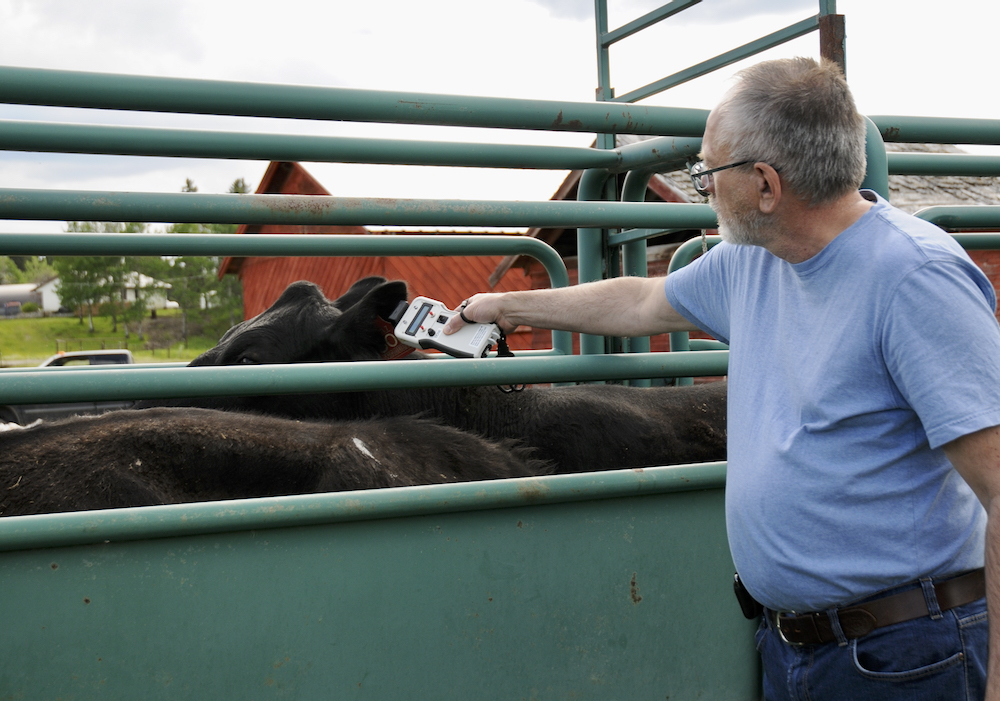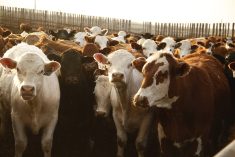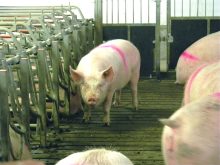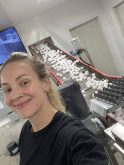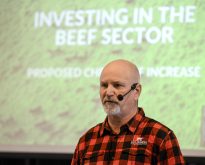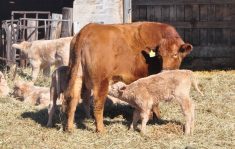When Bill Leask and Mark Olson met at a Lion’s Club meeting about four years ago, Leask was a cow-calf operator with a need and Olson was an information technology expert who could build him a solution.
Why it matters: The technology is made for cattle farmers but the company now requires seed money to take the invention into commercial production.
That meeting resulted in the development of Flokk Systems, a durable hardware and software solution that can work for people who need to record data in the sometimes harsh weather conditions of the cattle business in Canada.
Read Also
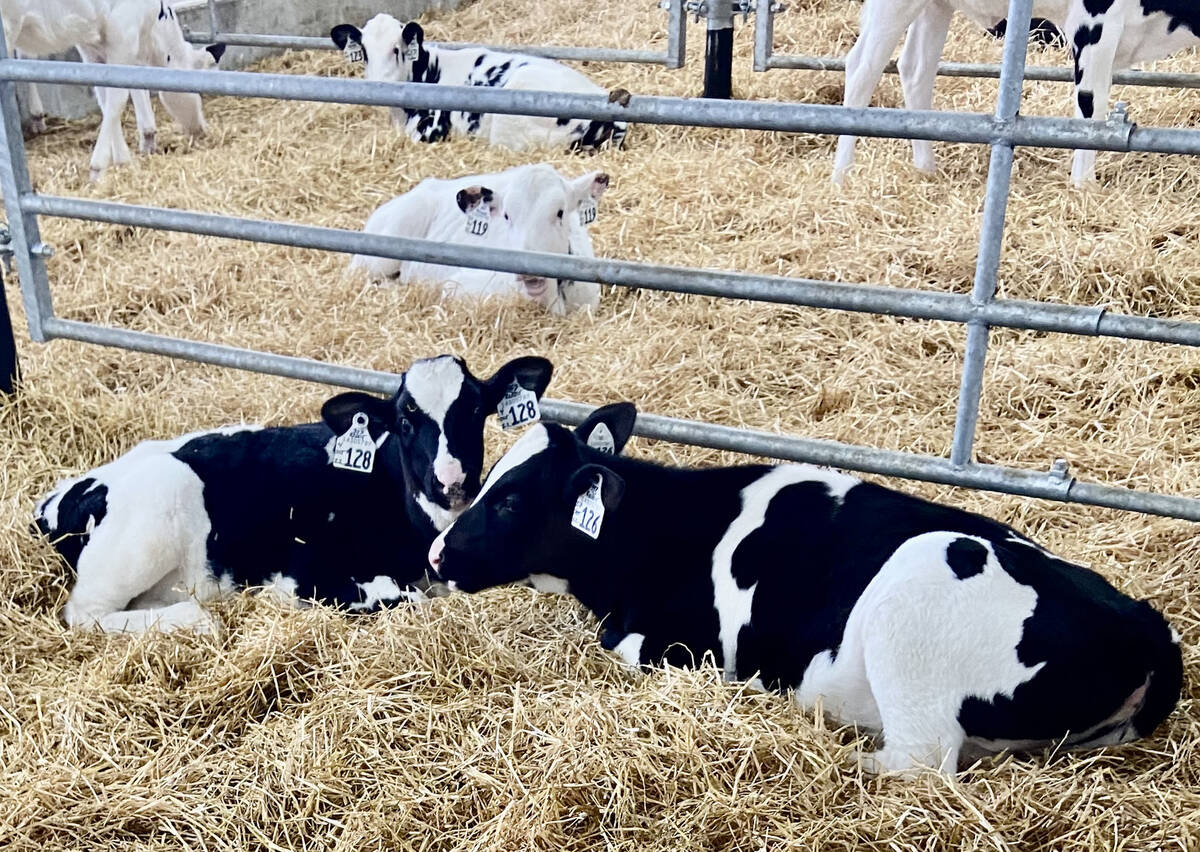
Back to the drawing board for sexed semen fertility ratings
Lactanet, the national genetic evaluation and dairy data provider, goes back to the drawing board with its sexed semen fertility rating index prototype.
Flokk now has a product ready for market but struggles to find investors who want to buy into an unconventional technology product so it can be built at scale.
“We have a business plan for $1.2 million. That’s what we need to get us our seed hardware inventory to start selling them,” says Olson, president of Flokk Systems, who grew up on a cattle farm.
Flokk’s handheld device isn’t the typical compact, touch-screen-only unit, and it isn’t just another app to put on the phone, says Olson. It also is aimed at average cow-calf producers, not just large operators.
Jody Bell, who runs on-farm trials and marketing for Flokk, says data is entered using toggles and switches, which can be quickly operated and used while wearing gloves. The device will record data without any connection and synchronize when it reconnects later.
That’s a big difference from pulling a phone from a pocket, removing gloves, finding an app and making the touch-screen work in the cold. That’s one of the main differentiators for Flokk, which was built by people involved in the cattle business to be used by their peers.
“The entire team is ranchers,” says Olson. “We all have hands-on experience with cow-calf.”
Leask looked for a digital data entry solution on his own cow-calf operation near Dogpound, Alta., but found all the options were too expensive for cow-calf margins and were app-based. A lot of software is aimed at purebred cattle producers.
“Seventy-five per cent are still using pen and paper,” says Bell about cow-calf operations in general. Upcoming requirements for greater traceability could be made easier by using a digital solution.
At 100 cows, it’s hard to justify expensive technology, says Bell, and the average cow-calf producer is 60 years old.

The regulatory and reporting environment has changed since the company started four years ago, says Olson.
“The livestock traceability, it’s not going to be viable to do that by hand.”
Flokk has focused on creating a system that’s as simple and flexible as possible.
Want to get the full package, with data that can be uploaded to a management system, automate traceability reporting and record data on pregnancy or weight? That’s an option.
Want simple spreadsheets for personal use only? That’s possible too, by purchasing the handheld unit and downloading the data on a personal computer.
Initial data is stored in the Flokk handheld device, and if a user is concerned about sharing data, it can stay on the device.
Development so far has been funded by various investors, including beef producers. Dale Johnston, Olson’s uncle, is a retired beef producer who invested in development of Flokk.
“I think it’s such a great thing. The idea behind it is to guarantee a safe product and so we can avoid a wreck like we had with BSE,” he said.
Olson was raised on a beef farm and ended up in a career in computer software and hardware. He made the first Flokk prototype in his basement.
It’s been difficult to find investors to raise the $1.2 million needed to build a volume of the product to get it to market because the company doesn’t fit the mould of most technology start-ups.
It doesn’t have an app that has to be downloaded through Google or Apple stores, which take a percentage of each purchase.
Agriculture technology is different and Flokk has struggled to get that point across. When funders hear technology, they look for the consumer angle.
“The timeframes are long, the scale is different,” says Olson, adding that billions of dollars have been lost in agriculture technology “because people who have never been on a farm think they have a better way.”
“They want pure software … they don’t want this hardware. We think dedicated hardware simplifies usage so much.”
Olson sees opportunities for Flokk Systems in other food sectors in the future as an inexpensive, rugged system that can be used for traceability. He has also tried the system on a dairy farm to manage traceability, noting the trend toward breeding beef to dairy cattle.
“Every dairy herd is suddenly a little cow-calf herd,” says Olson.
He hopes they’ll also be looking for a simple, automated traceability system.


